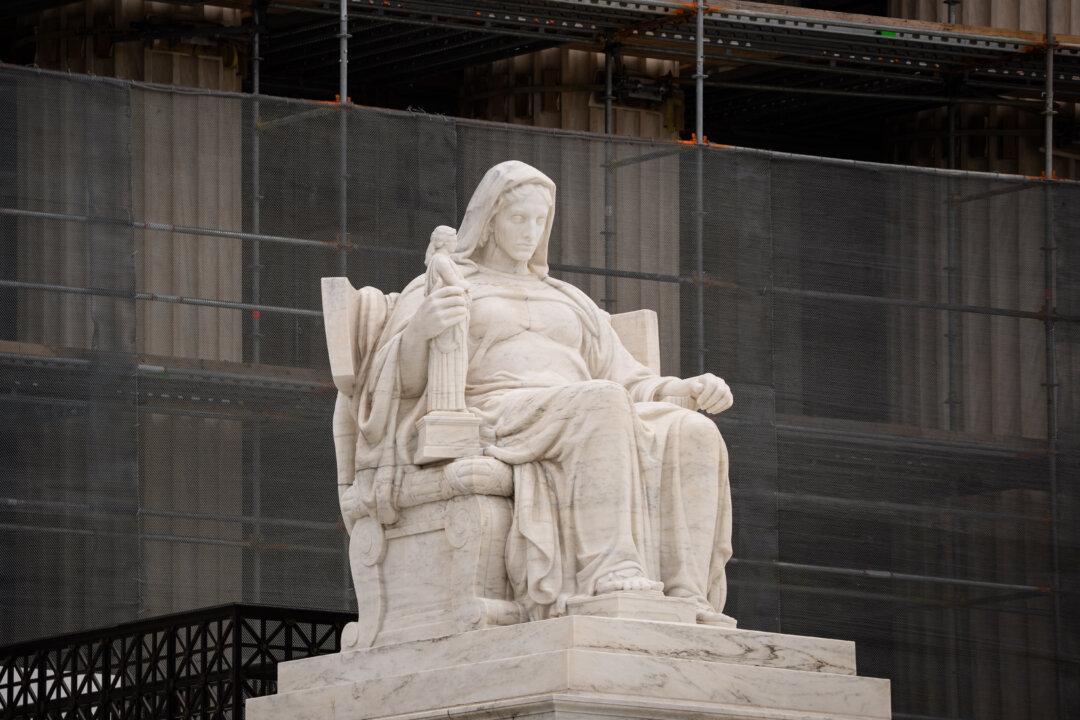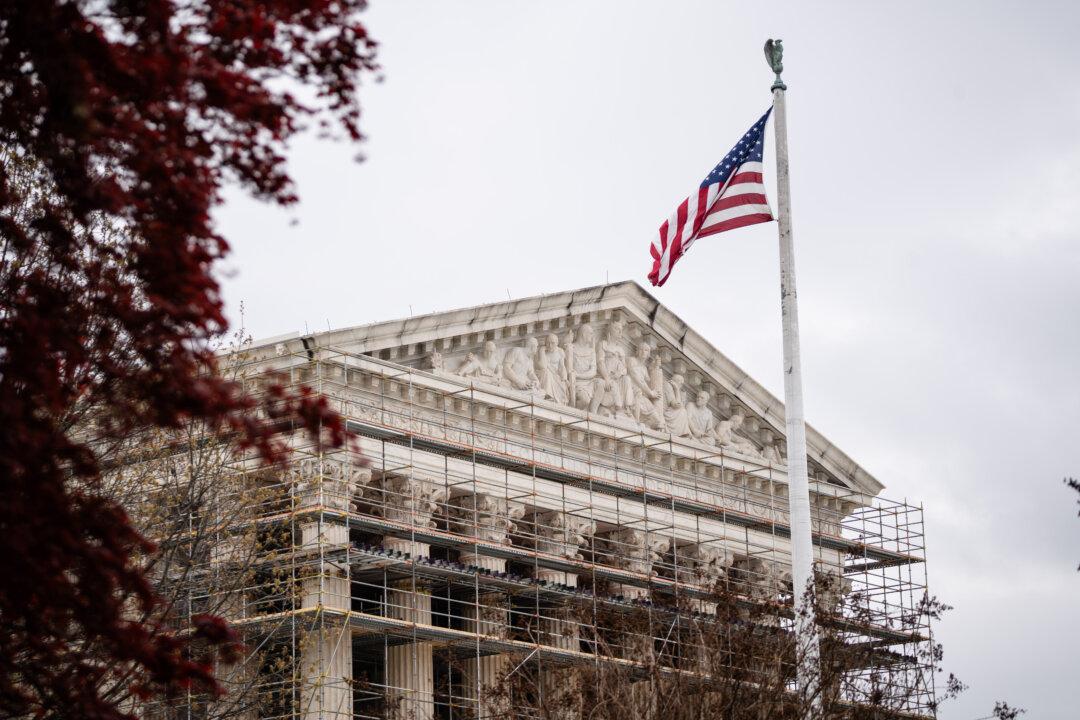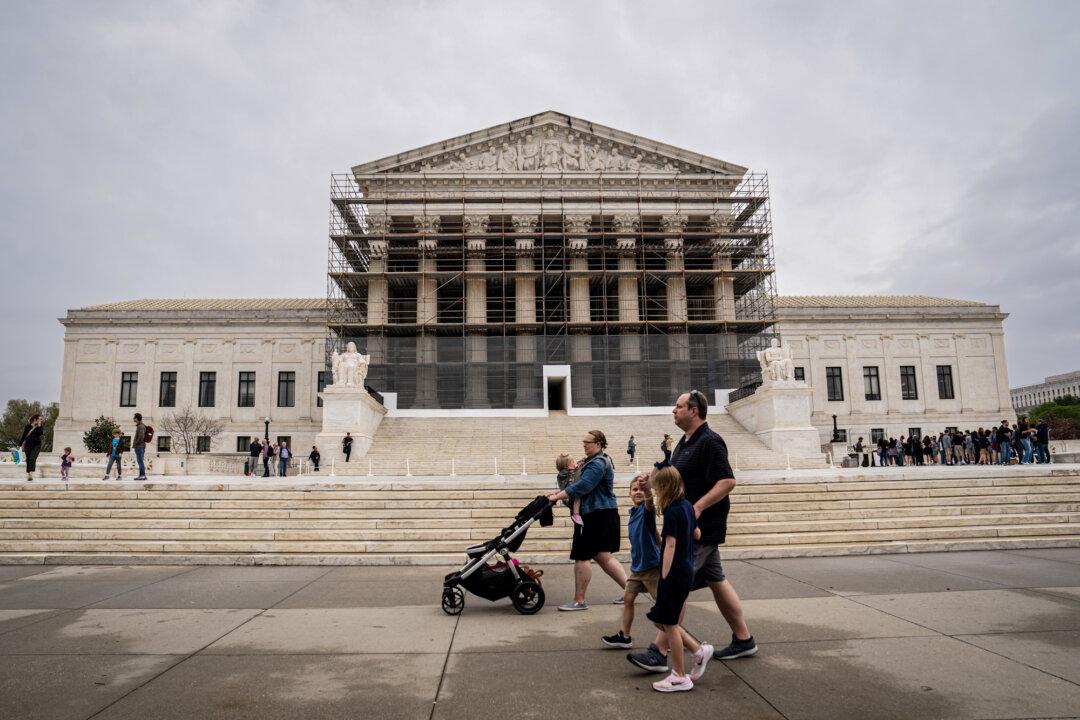Although the structure of the Consumer Financial Protection Bureau (CFPB), formed in the wake of the 2008 financial crash, is unconstitutional, the powerful agency may continue to exist under new rules, a divided Supreme Court ruled.
The CFPB was designed to be free of the influence of the president. Federal law blocks the president from dismissing its director, who has to be confirmed by the U.S. Senate, before that person’s five-year term lapses, unless the termination is for “inefficiency, neglect of duty, or malfeasance in office.” The decision found the president has the authority to fire the director at will.
The CFPB’s unusual funding mechanism also keeps the agency independent. Although it may seek funding from Congress, the agency is excluded from the normal congressional appropriations process, and, instead, receives most of the money it needs to operate from the Federal Reserve System.
The court noted the existence of the controversial funding system, but didn’t topple it, as some critics had hoped.
White House press secretary Kayleigh McEnany hailed the decision, but nonetheless took shots at the CFPB, which is frequently a target of conservative ire. The ruling “represents an important victory for the fundamental principle that government officials should be accountable to the American people,” she said in a statement.
But the CFPB was “designed based on a distrust of the American people’s ability to participate in their government. The CFPB is exempt from the congressional appropriations process, because CFPB’s creators did not trust democratically-elected representatives with funding the agency. ... In practice, the CFPB was designed to prevent the American people, to the maximum extent possible, from exercising oversight over CFPB’s sole director, who was granted vast authority over the financial lives of every American.”
Then-House Financial Services Committee Chairman Jeb Hensarling, a Texas Republican who has since left Congress, called the CFPB “arguably the most powerful, least accountable agency in U.S. history,” in a 2017 Wall Street Journal op-ed.
Separation of Powers
Chief Justice John Roberts wrote the majority opinion for the court, which was joined by four conservative justices. Justice Elena Kagan and three other liberal justices dissented from the court’s central holding.The Supreme Court found that because the CFPB director, unlike the typical federal official, isn’t accountable to—that is, can’t be fired by—the president of the United States, the agency’s structure violates the separation of powers doctrine.
“The CFPB’s single-Director structure is an innovation with no foothold in history or tradition,” Roberts wrote.
“In addition to being a historical anomaly, the CFPB’s single-Director configuration is incompatible with our constitutional structure. Aside from the sole exception of the Presidency, that structure scrupulously avoids concentrating power in the hands of any single individual.”
The framers of the U.S. Constitution designed the office of president to make the holder “the most democratic and politically accountable official in Government. Only the President (along with the Vice President) is elected by the entire Nation,” Roberts wrote.
The court found that the protection from removal enjoyed by the CFPB director, while unconstitutional, “is severable from the other statutory provisions bearing on the CFPB’s authority. The agency may therefore continue to operate, but its Director, in light of our decision, must be removable by the President at will.”

Warren Pleased
Democrats have long defended the 9-year-old agency, the brainchild of U.S. Sen. Elizabeth Warren (D-Mass.), who was a bankruptcy law professor and consumer advocate before assuming office. Republicans accuse the agency of overreach.Warren celebrated the ruling on Twitter shortly after the court released it.
“Even after today’s ruling, the @CFPB is still an independent agency,” she wrote.
“The director of that agency still works for the American people. Not Donald Trump. Not Congress. Not the banking industry. Nothing in the Supreme Court ruling changes that.”
Then-President Barack Obama signed the Dodd–Frank Wall Street Reform and Consumer Protection Act, creating the CFPB, and appointed Warren to take the lead role in establishing it.
PLF noted that “funding for the CFPB comes not from Congress, as required by the Constitution, but from the Federal Reserve.”
The new holding, “while not addressing all of the constitutional infirmities of the CFPB and ‘independent’ executive agencies generally, is a step in the right direction for a return to the Framers’ government of limited and divided powers.”





